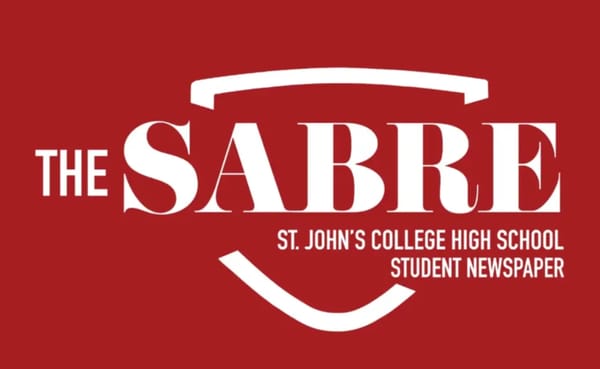Review: Mario Kart Tour comes in far from first place

 Mario Kart on mobile phones is an enticing concept with a lot of potential. Beloved characters, a simple racing formula, and gameplay which can be enjoyed in short bursts make a perfect recipe for a successful mobile game. However, Nintendo did the bare minimum here to make a satisfying experience out of their proposition, instead lazily cashing in on their solid premise with as many monetization schemes as possible. It’s clear throughout the experience that more effort went towards making this game profitable than to making it fun, and that’s the game’s greatest downfall.
Mario Kart on mobile phones is an enticing concept with a lot of potential. Beloved characters, a simple racing formula, and gameplay which can be enjoyed in short bursts make a perfect recipe for a successful mobile game. However, Nintendo did the bare minimum here to make a satisfying experience out of their proposition, instead lazily cashing in on their solid premise with as many monetization schemes as possible. It’s clear throughout the experience that more effort went towards making this game profitable than to making it fun, and that’s the game’s greatest downfall.
The core gameplay is what falters the most in this endeavor. There was already no way it would feel as good to play as it does on consoles, but Nintendo simply failed to make that discrepancy as small as they could have. Players are clumsily forced to choose between turning normally and drifting every time you turn. Neither control scheme feels bad in the times where they excel, but the need to choose makes both of them worse. Drifting in most Mario Kart titles presents a risk-reward scenario: players can take the inside of turns more quickly and get boosts for keeping a drift going, but sacrifice the ability to easily maneuver around obstacles and other racers on straightaways. By removing the ability to turn and drift within the same race, drifting instead feels like a stiff challenge for much of the race where you would rather be turning. It would have been possible to incorporate both by letting players turn by tapping the screen and drift by swiping it, but this is not the case. It gives the impression that Nintendo thought the controls weren’t worth the time it would take to refine them. This is exacerbated by the fact that turning is about all you can do; the game accelerates for you and ensures you do tricks off of every ramp, leaving item-throwing as the only other interactive element. Worse still, items are thrown by a simple tap of the screen, which is easily misread from attempts to do just about anything else.
Unfortunately, the game fails to surround its lackluster control with an interesting play environment as well. The game consists of only eleven unique tracks, ten of which are drawn from previous installments in the series. Every other track in the game is simply a variation: Koopa Troopa Beach in reverse, Daisy Hills with more ramps, New York Minute in reverse and with more ramps, et cetera. Players will tire of the same few environments as they continue with the game, and the occasional challenge race with goals such as defeating goombas or driving through rings don’t do enough to break up the monotony. Moreover, all the characters, karts, and gliders have identical stats. The only differences lie in character-specific items like the Bowser Shell or Heart and the track-specific benefits certain characters, karts, and gliders will receive. These differences feel arbitrary, making the core gameplay almost completely lack variety.
What stands to frustrate players the most is the fact that characters, karts, and gliders are all obtained by random chance. Players must spend their sparse supply of rubies to summon them
from the pipe, with many items having a sub-1-percent chance to appear. Alternatively, one can wait for what they want to be added to the shop’s daily selections and buy it with coins, but this often takes too long as well. This maddening aspect is meant to be solved with real world money; a monthly gold pass subscription can get players more rewards to work with for everything they do, and rubies can be directly bought to get more chances at the pipe. It all feels like a cheap way to force players into giving Nintendo money, which is unprecedented from a company with such a wholesome reputation. For perspective, Nintendo’s most successful mobile endeavor Fire Emblem Heroes uses a similar summoning system for its heroes, but also provides numerous ways to obtain good-quality heroes without summoning. Additionally, heroes which players don’t want can be sacrificed to give other characters new skills to help them excel on the battlefield, which makes every summon have more potential to benefit players in some way.
While it’s far from the worst way to pass some free time, Mario Kart Tour is nowhere near as good as it could have been. It’s rife with missed opportunities and monetization schemes which any players who pay attention are bound to feel the effects of constantly. If you have Mario Kart DS, Mario Kart 7, or Mario Kart 8 Deluxe, you’ll find there’s no need for this bare-essentials Mario Kart when you could take much better games on the go with you already. In fact, I’d say the prices of those games is worth more than the time you would spend with this free game if you already own a DS, 3DS/2DS, or Switch. Consider Mario Kart Tour only if you don’t have any other option, in which case it can scratch the Mario Kart itch decently enough.




